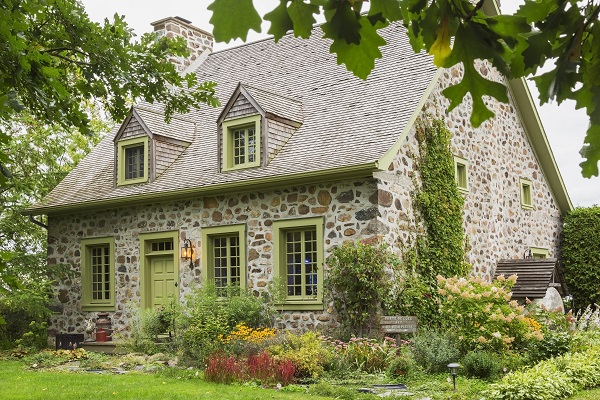A fifth (21%) of UK homeowners have already replaced or plan to switch their natural lawn with artificial grass, and a further 19% would consider making the swap, according to research by the UK’s leading insurer, Aviva.
The survey, among 2,004 UK homeowners, also found that over a quarter (27%) have already changed or plan to replace part or all of their garden into a driveway with non-permeable material, such as tarmac. A further 21% would consider making the change.
Worryingly, the research shows a slight increase in these changes, compared to the previous year when 18% had already or planned to switch to artificial grass and a quarter (25%) had changed their garden into a non-permeable driveway. Despite this, a related survey found that nearly half of UK residents (45%) believe their home is at risk from flooding.
Jason Storah, CEO UK & Ireland General Insurance at Aviva, said: “At this time of year, many of us are thinking about making changes to our homes and outside spaces. Whilst it can be tempting to replace a garden with low maintenance driveways or artificial grass, these changes can make it more difficult for water to be absorbed. At times of heavy rain in urban areas, drains can rapidly become overwhelmed if the water cannot be absorbed, causing flooding outside and in the home.
“As our climate changes, periods of extreme weather are likely to increase, including heavy downpours and higher temperatures. Our flood mapping technology shows that surface water flooding is on the increase and it can be harder to predict, so it’s important to be prepared.”
It seems convenience and low maintenance options are important factors for those making changes. Asked why they had made the change to artificial grass, a third (34%) said they didn’t want the upkeep of a natural lawn or garden. Of those who had already changed their garden into a driveway with non-permeable materials, nearly half (46%) said they needed to make room for another car.
However, some residents are bucking the trend and making changes that may have a positive impact on climate resilience. One in nine (11%) have changed their garden into a wildflower meadow and 13% plan to do so in the future. And almost a fifth (19%) have already or plan to switch their driveway to a garden with plants and flowers.
The research also reveals an apparent lack of awareness of the factors that can impact the chance of a flood occurring. Whilst a third (32%) of UK residents believe artificial grass can increase the risk of flooding, over two fifths (44%) of residents believe it has no impact and 9% think it can actually help to reduce the risk.
Similar confusion exists for driveways built from non-permeable materials. Although over a third (34%) believe this can increase flood risk, one in ten (10%) think it can lessen the chance of a flood occurring.
Storah added: “Even the smallest of planted or permeable spaces can help make a difference. Climate-ready gardens can play an important role in helping to mitigate the impact of heavy rain and reduce the chance of a flood from happening at home.
“Plants, lawns and flowers can not only help to absorb excess water, they can also bring other climate benefits, including improving biodiversity. Equally, plants in the right location can help to absorb heat during heatwaves or droughts. But it’s important to get ready for the future by locating the right plants in the right places. Some shrubs and trees can have extensive root systems which may cause some soil types to shrink in periods of hot weather.
“The materials we use in our outside space can impact the likelihood of our homes being flooded or affected by other climate events. We’d urge residents to ensure their homes, gardens and driveways are climate-ready and resilient to the impacts of extreme weather.”






Leave a Comment